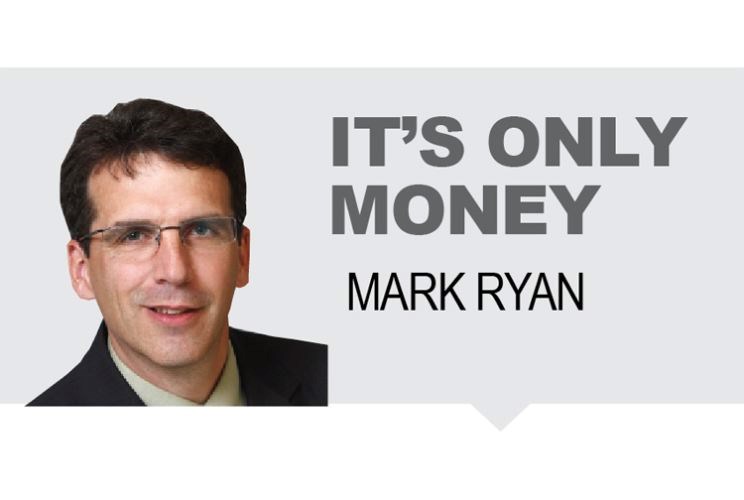The rich get richer.
If I had a $10 million portfolio and earned only four per cent, it would still generate $400,000 per year, a very generous income.
But big assets mean big taxes and here's the conundrum: the frugality that helped launch your success early on can work against you in the latter years.
That healthy suspicion of pencil-necked desk jockeys like me is not so good when the stakes are high.
I said to my daughter: "I have a job for you, and it pays $1,000 an hour."
Her eyes lit up, then darkened as the unlikelihood settled on her. But it was true in every material respect.
If she would invest two or three hours in to sitting down and accounting for some tax and payroll problems she was having, the payback would be all of that and more. But her mental barrier was apparently bigger than $1,000 an hour. Multiply that by a gazillion for the typically well-established 60-year-old investor.
Start with your home - often the single largest purchase we make, or one of them, and an asset that can appreciate significantly over time.
Maybe we own more than one. On the sale of any of them, there can be a large tax bill on the gain. The principal residence exemption, one of Canada's most treasured tax breaks can be applied, when the stakes are high but it's complicated.
What qualifies as a principal residence? It seems intuitive enough, but for those with significant assets, it isn't.
A principal residence could include your house, apartment, condominium, cottage, mobile home, trailer, houseboat or shares in a cooperative building or a really nice tree fort.
The land under that home is generally considered part of your principal residence, provided that it is less than half a hectare (1.24 acres).
Land in excess of half a hectare is generally not considered part of your principal residence unless it's necessary for the use and enjoyment of your housing unit.
There are a few instances of this, including, for example, residential lots where local municipal zoning bylaws require that minimum residential lot sizes.
For a property to be your principal residence, you must own the property either solely or jointly with one or more individuals.
Another requirement is that you or your spouse, former spouse or child must have "ordinarily inhabited" the residence during some part of the year.
Whether a property is considered ordinarily inhabited depends on a few variables.
The Canada Revenue Agency (CRA) has stated that this test may be met even where the owner lives in the property for a short period of time. For example, if you own a seasonal property, such as a cottage, it may be considered to be ordinarily inhabited if you stay in the property during a short vacation.
Property you purchase that's mainly used for earning income is generally not considered to be ordinarily inhabited by you in the year, even if you stay in the property for some period of time.
However, it is possible for you to earn incidental income (e.g. rental income) from a property and still claim it as your principal residence.
Lastly, for a property to be your principal residence, you have to designate it as your principal residence for a particular tax year.
You or your family unit may designate only one property as your principal residence per year after 1981. If, in the year, two individuals become spouses, each person can designate a separate principal residence for that year. Prior to 1982, each member of the family unit could designate a separate property as their principal residence.
To clarify, the following are some examples of situations in which a property may qualify as a principal residence:
If an elderly surviving parent moves into a retirement residence and their home is subsequently occupied by one of their children, that home will continue to be the principal residence of the parent.
Where a former spouse lives in the home you own but do not occupy, that property can still qualify as your principal residence.
A portion of your home can be rented or used as a home-based business without impairing your ability to designate the entire property as your principal residence provided the main use of the property is for residential purposes. In addition, there must be no structural change to, and no depreciation expense, known as capital cost allowance (CCA), claimed on the portion of the home that's rented or used as a home-based business. If your home has been structurally altered for the purpose of earning income or if CCA has been claimed, that portion of the home won't qualify as part of the principal residence.
A property that's located outside of Canada can be designated as your principal residence if it meets the previously discussed criteria and you, the owner of the property, were a resident of Canada for tax purposes for each year you propose to designate the property as your principal residence.
More on this in the coming weeks.
Mark Ryan is an investment advisor with RBC Dominion Securities Inc. (Member - Canadian Investor Protection Fund), and these are his views, and not those of RBC Dominion Securities. This article is for information purposes only. Please consult with a professional advisor before taking any action based on information in this article. See Mark's website at: http://dir.rbcinvestments.com/mark.ryan.



